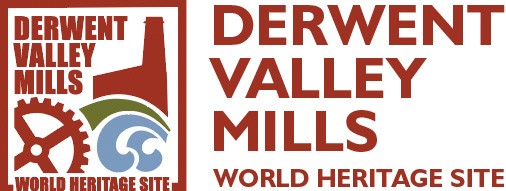Planning Applications

Planning Applications
Local planning authorities are responsible for determining planning applications relating to the area of the World Heritage Site and its Buffer Zone within their administrative boundary. The World Heritage Site Partnership is not a statutory consultee and should not routinely be asked for comment.
If the local planning authority formally wishes for a second opinion, then it can seek this from the DVMWHS Co-ordination Team. In order to do this, the local planning authority will need to submit the application details, with a summary of the salient points for consideration in relation to potential impacts on the DVMWHS’s OUV, to the Co-ordination Team. (If a local planning authority is uncertain if a scheme will impact on the OUV of the DVMWHS then a screening opinion can be sought from the DVMWHS Co-ordination Team via the telephone at the earliest possible opportunity. Email screening requests will not be accepted unless it has been agreed in advance.) The Team is then likely to consult Derbyshire County Council’s professional environmental advice service. If this is the case, the amount of time Derbyshire County Council’s professional advice service utilises in reviewing the application will be taken from the 74 hour cap.
The DVMWHS Co-ordination Team may identify, or be informed by partners, such as Historic England, that proposals in an application have potential to negatively impact on the OUV of the WHS. Where these applications are identified, the DVMWHS Co-ordination Team will submit a response to the local planning authority within the allocated consultation period, or later by agreement with the local planning authority.
Any comments the DVMWHS Co-ordination Team submits to a local planning authority will be validated by the DVMWHS Partnership Conservation and Planning Group. The Conservation and Planning Group will meet four times a year to discuss conservation and planning matters in the WHS and its buffer zone. ‘Planning applications for consideration’ will be a standing item on the Group’s agenda.
To help mitigate a back-log of responses building up that have not been validated between group meetings, a mid-point date will be set where the DVMWHS Co-ordination Team’s responses will be circulated for review by each Group member.
Where the Conservation and Planning Group wishes to amend a response this will be communicated to the relevant local planning authority.
If the local planning authority is minded to approve an application that has been highlighted by Historic England and/or the Derwent Valley Mills World Heritage Site Partnership as likely to negatively impact on the Outstanding Universal Value of the World Heritage Site, then, as set out within Paragraph 172 of the Operational Guidelines for the Implementation of the World Heritage Convention (UNESCO, 2017), the planning authority and the DVMWHS Partnership should inform Historic England’s Head of International Advice and the Senior Heritage Policy Adviser at the Department of Digital, Culture, Media and Sport (DCMS), at the earliest possible occasion, who will decide whether to inform UNESCO’s World Heritage Centre.
As part of the DVMWHS Co-ordination Team’s monitoring duties a list of planning applications will be compiled that have been identified by the Partnership and/or Historic England as impacting negatively on the OUV of the World Heritage Site and this will be submitted annually to DCMS, Historic England and ICOMOS (International).
The DVMWHS Co-ordination Team is keen, subject to wider work pressures, to engage early with scheme promoters and applicant to support local planning authorities. This, ideally, should happen through different local planning authorities’ pre-application procedures.
Once the DVMWHS Co-ordination Team is aware that a scheme has been submitted for pre-application evaluation, or for planning permission, individual officers within the Team will only meet with applicants and scheme promoters if the local planning authority’s planning officer dealing with the submission is present.
From time to time the DVMWHS Co-ordination Team will seek support from Derbyshire County Council’s professional environmental advice service with regards to detailed archaeological, built conservation, architectural, landscape or ecological advice in relation to supporting local planning authorities in their discussions with planning applicants and scheme promoters. The accumulative total for this advice, for all local planning authorities combined, will be capped at 74 hours annually.
UNESCO encourages all applications that effect WHSs to include a Heritage Impact Assessment in accordance with ICOMOS’s guidance (https://managementplan.derwentvalleymills.org/part-three/heritage-impact-assessments/)
To assist local planning authorities in discussions about design proposals in the World Heritage Site, the Management Plan includes an indicative Design Rationale (https://managementplan.derwentvalleymills.org/part-three/design-rationale/)

